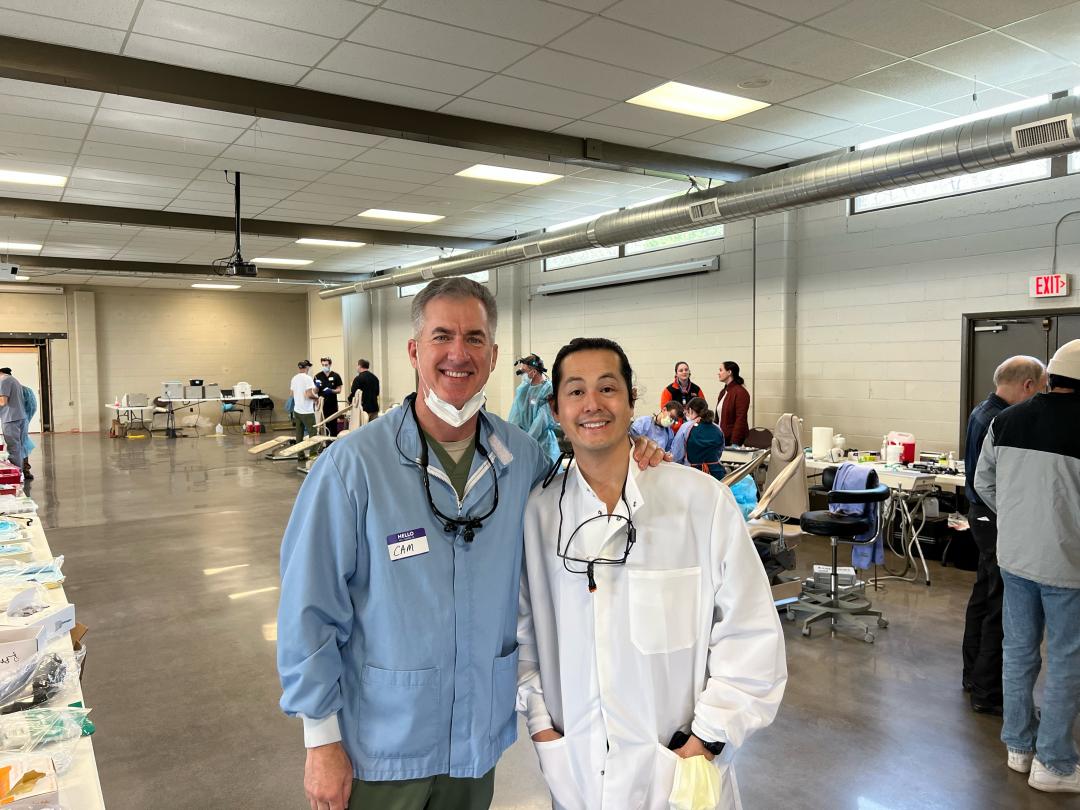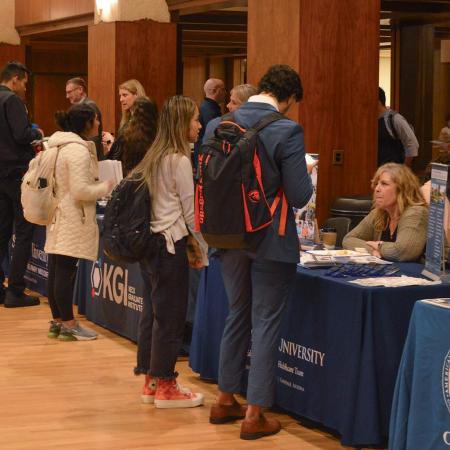When people lose their homes and incomes, they frequently lose their teeth. Their teeth begin to rot, and without access to dentists and anesthesia, people often pull the teeth out themselves.
Anika Phuvasate sees such problems firsthand. When she was the president of Oregon State University's Pre-Dental Club in April, she helped coordinate the third-annual Impact Your Health Clinic to provide free dental services to people experiencing poverty.
"A lot of these community members who are coming to our clinic haven't seen a dentist in several years," said Phuvasate, a senior BioHealth major. "They lack the assets, or it could also be due to the stigma that surrounds poor dental health. People are often quick to judge people who have tooth decay and blame it on individual irresponsibility. The reality is there are a lot of social factors that come into play when it comes to someone's oral health."
No one should be ashamed to get dental care, she said.
"It was very rewarding for me to interact with these patients and create a nonjudgmental and compassionate environment for that and perhaps change their typical experience at the dental office," said Phuvasate, who graduated this spring.
The Centers for Disease Control, the nation's leading science-based, data-driven, service organization, reports that gum disease with bone loss is twice as common (at 60%) among adults ages 30 and older with low incomes compared with adults who had higher income (at 30%).
Untreated cavities are about twice as common among working-age adults with no health insurance coverage (43%) compared with those who have private health insurance coverage (18%).
Groundswell, an advocacy organization based in London reports that seven out of 10 people lose teeth after becoming homeless — with 15% of them pulling their own infected and rotting teeth.




